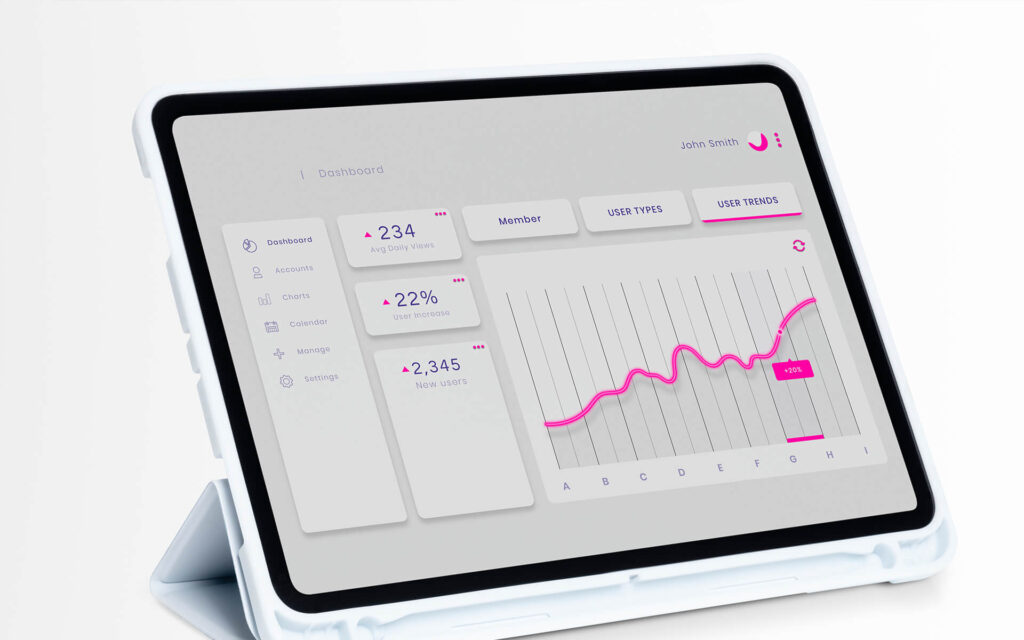Small Business Content Marketing: From Strategy to Execution
Small Business Content Marketing: From Strategy to Execution
Your guide to creating a content marketing strategy that drives results for your small business.

In today’s competitive digital landscape, content marketing is a powerful tool for small businesses to build brand awareness, engage audiences, and drive conversions. A well-executed content marketing strategy can position your business as an authority in your industry and foster long-term customer relationships. In this article, we’ll walk you through the process of developing and implementing a content marketing strategy tailored to small businesses.
Here’s what we’ll cover:
- Why Content Marketing Matters for Small Businesses
- Building Your Content Marketing Strategy
- Executing Your Content Marketing Plan
Content marketing is not about selling; it’s about providing value to your audience and building trust over time.
Why Content Marketing Matters for Small Businesses
Content marketing allows small businesses to compete with larger brands by creating meaningful connections with their audience. Here’s why it’s essential:
- Cost-Effective: Content marketing is more affordable than traditional advertising, with a higher ROI over time.
- Builds Trust and Authority: By sharing valuable content, you position your business as an expert in your field.
- Drives Organic Traffic: Quality content optimized for search engines can attract visitors to your website without paid ads.
- Fosters Engagement: Engaging content encourages interaction, building stronger relationships with your audience.
Building Your Content Marketing Strategy

A solid content marketing strategy is the foundation of your success. Follow these steps to create one that works for your small business:
1. Define Your Goals
Start by identifying what you want to achieve with your content marketing efforts. Common goals include:
- Increasing brand awareness
- Driving website traffic
- Generating leads
- Boosting sales or conversions
- Building customer loyalty
Clear goals will guide your content creation and help you measure success.
2. Know Your Audience
Understanding your target audience is critical to creating content that resonates. Develop detailed buyer personas that include:
- Demographics (age, gender, location, etc.)
- Pain points and challenges
- Interests and preferences
- Online behavior (where they spend time online)
Use surveys, customer feedback, and analytics tools to gather this information.
3. Conduct a Content Audit
Review your existing content to identify what’s working and what needs improvement. A content audit helps you:
- Identify gaps in your content offerings
- Repurpose or update outdated content
- Understand which types of content resonate with your audience
Tools like Google Analytics and SEMrush can provide insights into your content’s performance.
4. Choose the Right Content Types
Select content formats that align with your goals and audience preferences. Popular content types for small businesses include:
- Blog posts and articles
- Videos (tutorials, behind-the-scenes, etc.)
- Infographics
- Social media posts
- E-books or guides
- Case studies or customer testimonials
Experiment with different formats to see what drives the most engagement.
Executing Your Content Marketing Plan

Once your strategy is in place, it’s time to put it into action. Here’s how to execute your content marketing plan effectively:
1. Create High-Quality Content
Quality trumps quantity. Focus on creating content that is:
- Valuable and relevant to your audience
- Well-researched and accurate
- Engaging and easy to consume
- Aligned with your brand voice
Consider outsourcing to professional writers or designers if needed to maintain high standards.
2. Optimize for SEO
Search engine optimization (SEO) ensures your content is discoverable. Key SEO practices include:
- Researching and using relevant keywords
- Writing compelling meta titles and descriptions
- Using headers (H1, H2, etc.) to structure content
- Adding internal and external links
- Optimizing images with alt text
Tools like Yoast SEO or Ahrefs can help you refine your SEO strategy.
3. Leverage Multiple Channels
Distribute your content across multiple platforms to maximize reach. Effective channels include:
- Your Website: Publish blog posts and resources on your site.
- Social Media: Share content on platforms like Instagram, LinkedIn, or Twitter.
- Email Marketing: Send newsletters or content updates to your email list.
- Guest Posting: Contribute articles to industry blogs to reach new audiences.
Tailor your content to fit each platform’s unique audience and format.
4. Maintain a Consistent Schedule
Consistency builds trust and keeps your audience engaged. Create an editorial calendar to plan and schedule your content. Include:
- Publication dates
- Content topics and formats
- Target platforms
- Key promotional activities
Tools like Trello or CoSchedule can help you stay organized.
5. Measure and Refine
Track your content’s performance to understand what’s working and what isn’t. Key metrics to monitor include:
- Website traffic (via Google Analytics)
- Engagement rates (likes, shares, comments)
- Conversion rates (sign-ups, purchases, etc.)
- SEO rankings
Use these insights to refine your strategy, experimenting with new approaches to improve results.
By developing a clear content marketing strategy and executing it with consistency and quality, your small business can build a loyal audience and achieve long-term success. Start small, stay focused on providing value, and adapt as you learn what resonates with your audience.